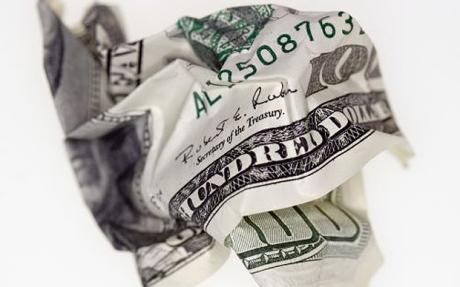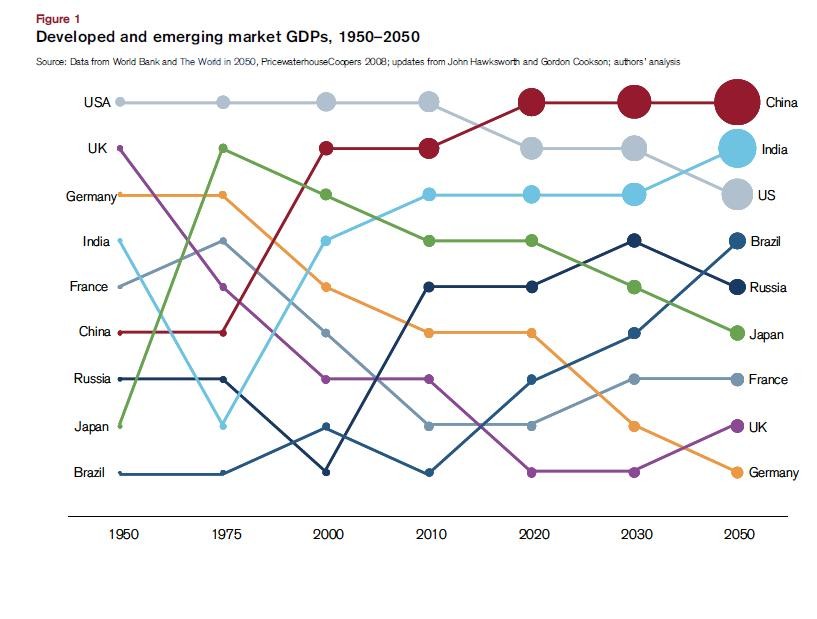World Currency Why the Dollar Is the Global Currency
Post on: 20 Июль, 2015 No Comment

Why the Dollar Is the Global Currency
Definition: A world or global currency is one that is accepted for all trade throughout the world. Some of the world’s currencies — the U.S. dollar. the euro and the yen — are accepted for most international transactions. Of these, by far, the U.S. dollar is the most widely used. However, there is no official global currency. Instead, the world has 185 currencies. For a list, see International Standards Organization List. Most of these currencies are only used inside their own countries.
The U.S. Dollar Is the Strongest World Currency
The relative strength of the U.S. economy means that its currency, the dollar, is the strongest world currency. Around $580 billion in U.S. bills were being used outside the country. That’s 65% of all dollar-denominated bills, including 75% of $100 bills, 55% of $50 bills, and 60% of $20 bills. Most of these bills are being used in the former Soviet Union countries and in Latin America. (Source: Federal Reserve Bank of New York, Is the Role of the Dollar Changing?. January 2010)
Cash is just one indication of the role of the dollar as a world currency. More than one third of the world’s output, as measured by Gross Domestic Product. comes from countries that have pegged their currencies to the dollar. That includes seven countries that have adopted the dollar, and 89 that keep their currency in a tight trading range relative to the dollar.
In foreign exchange transactions, the dollar rules. More than 85% of forex trading involves the U.S. dollar. Furthermore, 39% of the world’s debt is issued in dollars. As a result, foreign banks require a lot of dollars to conduct business. For example, during the 2008 financial crisis. non-U.S. banks had $27 trillion in international liabilities denominated in foreign currencies. Of that, $18 trillion was in dollars. That’s why the U.S. Federal Reserve boosted its dollar swap line — to keep the world’s banks from running out of dollars. (Source: Federal Reserve Bank of New York, Is the Role of the Dollar Changing?. January 2010)
Another indication is how willing governments are to hold the dollar in their reserve accounts. Governments acquire currencies from their international transactions, or from domestic businesses and travelers who redeem them for local currencies. In addition, some governments purchase foreign currencies as an investment of their reserves. Others, such as China and Japan, deliberately buy foreign currencies of countries they export to so that their own currencies are cheaper in comparison. In the first quarter of 2012, 62% of the world’s known reserves were held in dollars. (Source: IMF, COFER Tables )
Why the Dollar Is the Highest Currency in the World
The dollar became the highest currency in the world thanks to the 1944 Bretton Woods agreement. Before then, most countries were on the gold standard. Their governments promised to redeem their currencies for their value in gold upon demand. The world’s developed countries met at Bretton Woods, New Hampshire, to peg the rate of exchange for all foreign currencies to the U.S. dollar. At that time, the dollar was backed by its value in gold, and the U.S. held the largest gold reserves. This allowed other countries to back their currencies with dollars, rather than gold.

By the early 1970s, countries began demanding gold for the dollars they held to combat inflation. Rather than allow Fort Knox to be depleted of all gold reserves, President Nixon untied the dollar to gold. By that time, the dollar had already become the world’s dominant reserve currency. For more, see stagflation.
The next closest reserve currency is the euro. Only 25% of central bank foreign currency reserves were in euros as of the first quarter 2012. This is down from the second quarter 2011, when 26.7% were in euros. The chance of the euro becoming a world currency grows slimmer as the eurozone crisis continues. In fact, the difficulties of having a world currency shared by different countries is highlighted by the eurozone struggles. (Source: IMF, COFER Tables )
Calls for a One World Currency
Prior to the crisis, in March 2009, China and Russia suggested the world adopt a single global currency. The goal would be to create a reserve currency “that is disconnected from individual nations and is able to remain stable in the long run, thus removing the inherent deficiencies caused by using credit-based national currencies. In other words, China is concerned the trillions it holds in dollars will be worth less if dollar inflation sets in. This could happen as a result of increased U.S. deficit spending and printing of U.S. Treasuries to support U.S. debt. China called for the IMF to develop a currency to replace the dollar. (Source: FT.com, China Calls for a New Reserve Currency. March 23, 2009) Article updated September 5, 2014
Also Known As: reserve currency, global currency














